Regular eye cleaning prevents infections, reduces irritation, and keeps your dog’s vision clear. It supports comfort, hygiene, and overall health, making it an essential part of pet care.
Why Eye Cleaning Matters for Dogs
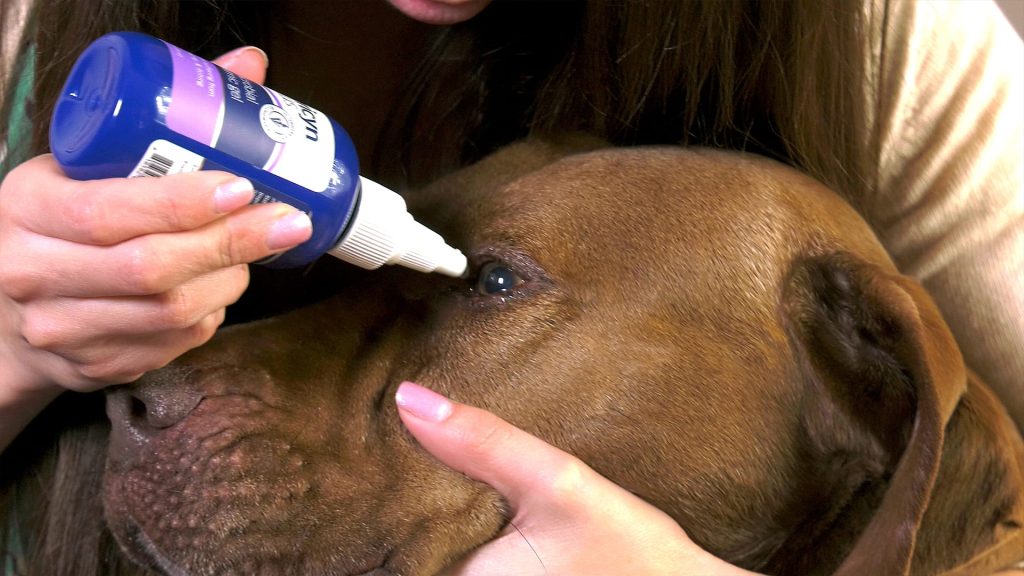
The importance of cleaning a dog’s eyes is tied directly to their health and comfort. Dogs pick up dust, pollen, and debris daily. Without proper cleaning, this buildup leads to irritation, discharge, and sometimes infection.
- Regular cleaning lowers the chance of eye infections
- It helps avoid painful swelling and redness
- It reduces tear stains that discolor fur
- It makes daily checks easier, so you notice problems early
Dog eye care is part of responsible pet hygiene. Clear eyes mean better comfort and improved quality of life. Careers Collectiv highlights that consistent eye care also strengthens the bond between owner and pet, as your dog learns to trust the gentle handling during cleaning.
Common Dog Eye Problems Linked to Poor Hygiene
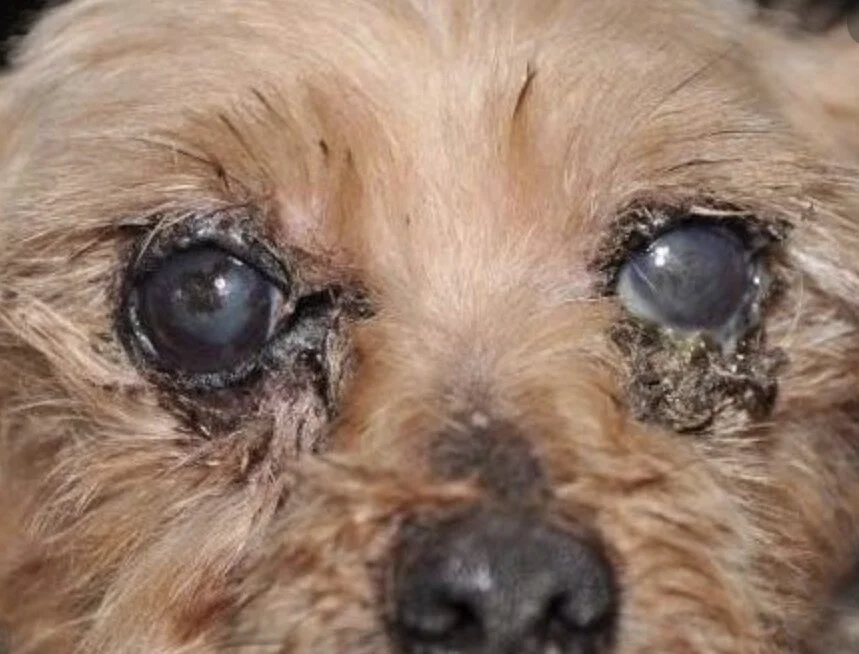
Dog eye infections from dirt are common when cleaning is ignored. Dust, bacteria, or small foreign objects irritate the eye surface and lead to discharge.
Common problems include:
- Conjunctivitis in dogs, marked by redness and discharge
- Tear stains, especially in light-coated breeds
- Cloudy eyes, which may point to deeper issues
- Chronic irritation caused by hair around the eyes
A serious but overlooked question from owners is, can dirty eyes cause blindness in dogs? The answer is yes, if infections or untreated conditions spread to deeper eye tissues. This is why regular cleaning is more than cosmetic—it protects vision long term.
Signs Your Dog’s Eyes Need Cleaning
- Redness, swelling, or constant pawing at the eyes
- Excessive tearing or watery eyes
- Cloudy appearance or hazy eyes
- Smelly or greenish discharge
Noticing these early signs helps you prevent bigger issues.
How Often Should You Clean Your Dog’s Eyes
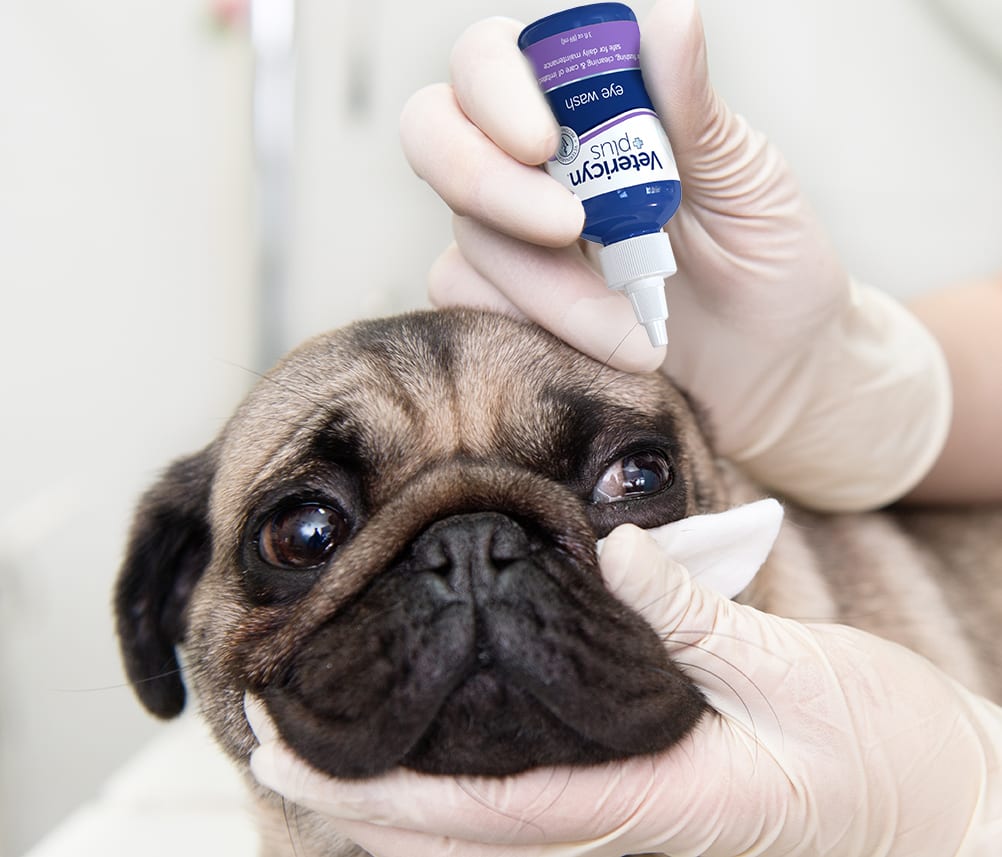
How often to clean dog eyes depends on breed, activity, and health.
- Flat-faced breeds like Pugs, Bulldogs, and Shih Tzus need daily cleaning due to narrow tear ducts
- Dogs with long fur near the eyes need trimming and frequent cleaning
- Active dogs who spend time outdoors need more checks for dust and pollen
- Healthy dogs with no discharge usually need cleaning only when debris is visible
If you wonder should you clean your dog’s eyes daily, the answer is yes for sensitive breeds, and as needed for others.
Safe Ways to Clean Your Dog’s Eyes at Home
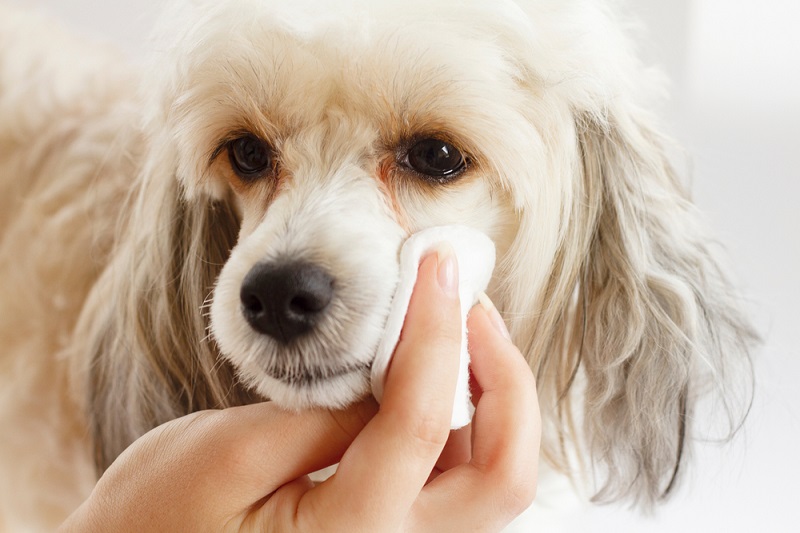
Safe dog eye cleaning tips start with choosing the right method. Avoid household chemicals or human wipes. Stick to vet-approved options.
Products and tools:
- Dog eye wipes designed for sensitive skin
- Saline solution for dogs, safe for rinsing debris
- Cotton pads instead of tissues, which may shed fibers
Never use rough cloths or sharp tools near the eye.
Step-by-Step Cleaning Routine
- Wash your hands before touching your dog’s eyes
- Hold your dog gently to keep them calm
- Use a clean cotton pad or wipe for each eye
- Dampen with saline or use a vet-approved wipe
- Wipe outward from the corner of the eye
- Discard used pads immediately
- Reward your dog with praise or a treat after cleaning
This method keeps the process safe and stress-free for both you and your dog.
When to See a Veterinarian for Eye Issues
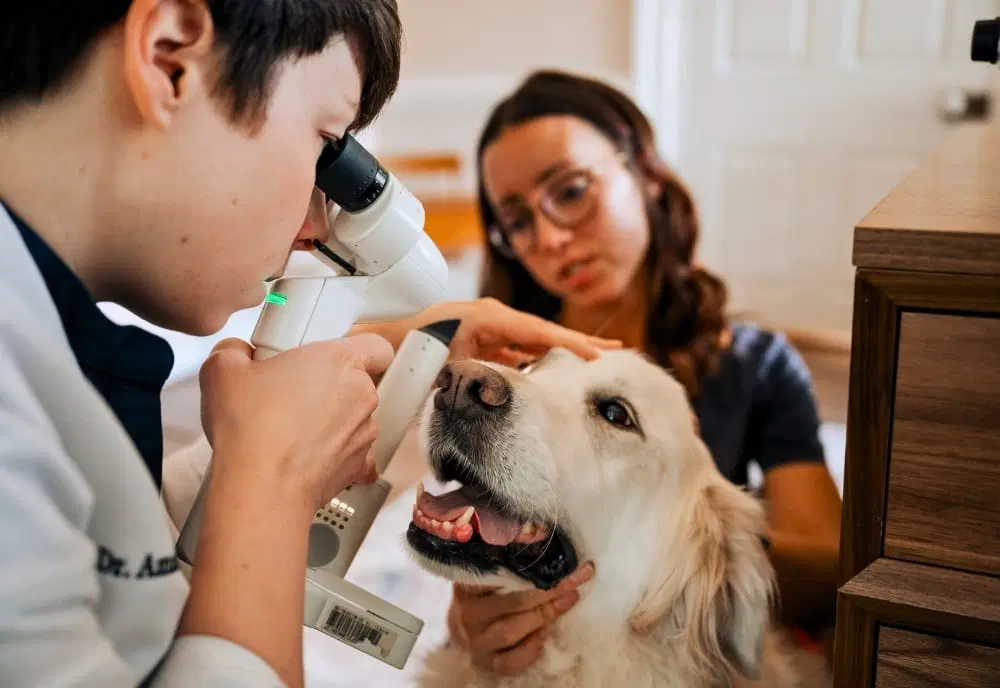
Knowing when to take a dog to the vet for eye discharge is key. Some signs require urgent professional care.
Urgent Symptoms
- Sudden signs of vision loss like bumping into objects
- Thick yellow or green pus from the eyes
- Eyes swollen shut or bulging
- Severe pain, constant rubbing, or inability to open eyes
A dog’s eyes watering excessively when to worry? If tearing lasts more than a day or is paired with redness, it’s time for a vet visit.
Products That Help Keep Dog’s Eyes Healthy
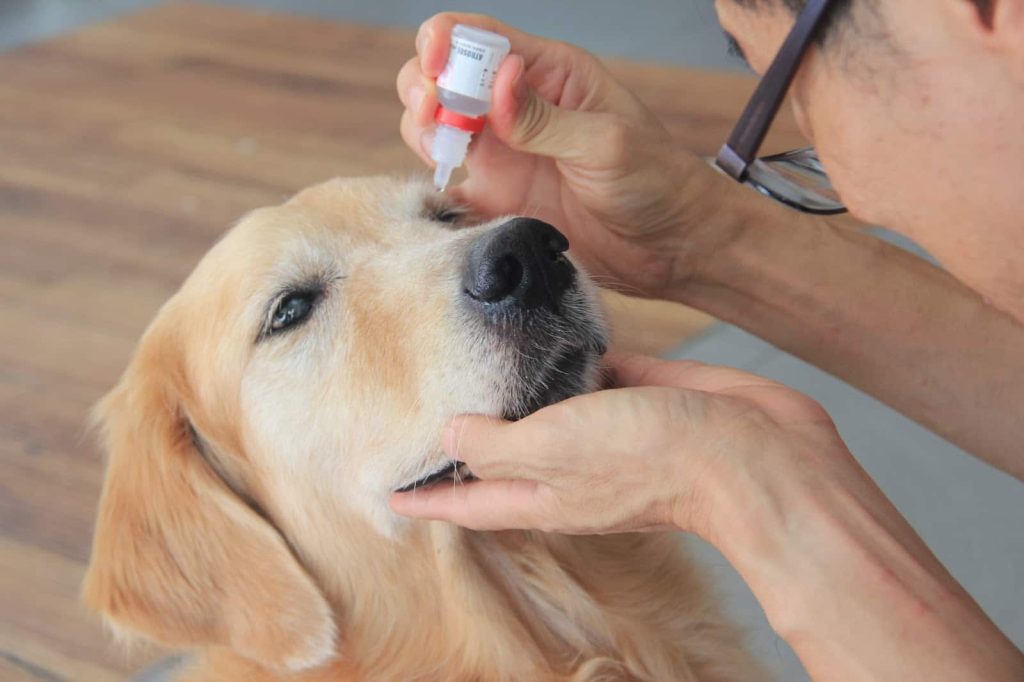
Best products for dog eye care include wipes, drops, and supplements. Each serves a different purpose.
- Eye wipes: For daily cleaning of debris and stains
- Saline eye drops for dogs: For rinsing dust and mild irritants
- Supplements with omega-3s: Support eye and coat health
- Pet grooming supplies: Scissors and clippers to keep hair away from eyes
Choosing the right category helps you manage your dog’s specific needs. Careers Collectiv recommends consulting your vet before trying new products to ensure safety.
Preventative Tips for Long-Term Eye Health
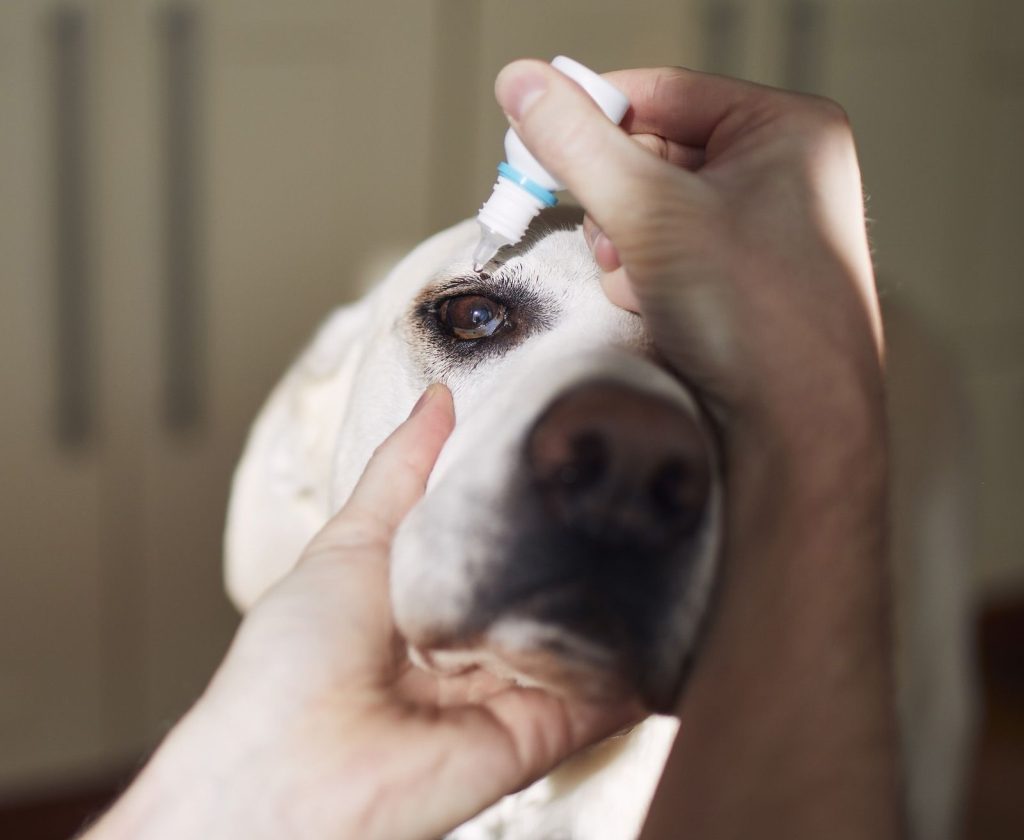
Preventing dog eye problems takes more than cleaning. A complete approach includes grooming, diet, and environment.
- Keep hair trimmed around the eyes to prevent irritation
- Maintain regular grooming to reduce allergens and dust
- Feed a balanced diet with omega-3s for eye health
- Keep your dog’s sleeping area clean and dust-free
- Avoid smoke and strong chemicals near your dog
Good habits reduce long-term risks and keep your dog comfortable. If you want to deepen your knowledge of responsible pet care beyond eye health, our animal welfare course offers expert guidance to help you build healthier routines for your dog.
FAQs on Dog Eye Cleaning
Can I use baby wipes on my dog’s eyes?
No, baby wipes contain chemicals that irritate dog eyes. Use wipes made for pets.
How do I clean tear stains naturally?
Use a damp cotton pad with warm water or vet-approved tear stain remover.
What causes excessive eye discharge in dogs?
Allergies, infections, blocked tear ducts, or irritants like dust and pollen.
Is saline solution safe for dogs’ eyes?
Yes, plain saline solution is safe for rinsing debris from a dog’s eyes.
Responsible Dog Care and Eye Cleaning
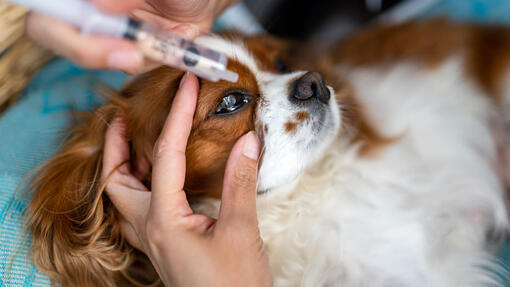
The benefits of regular eye cleaning for dogs extend beyond hygiene. It reduces infection risk, keeps vision clear, and improves comfort. Early detection of problems protects long-term health. Safe cleaning routines and proper products ensure safety.
At Careers Collectiv, we encourage owners to make eye cleaning part of routine care. When combined with grooming, diet, and regular vet visits, this habit gives your dog the best chance at a healthy, comfortable life.